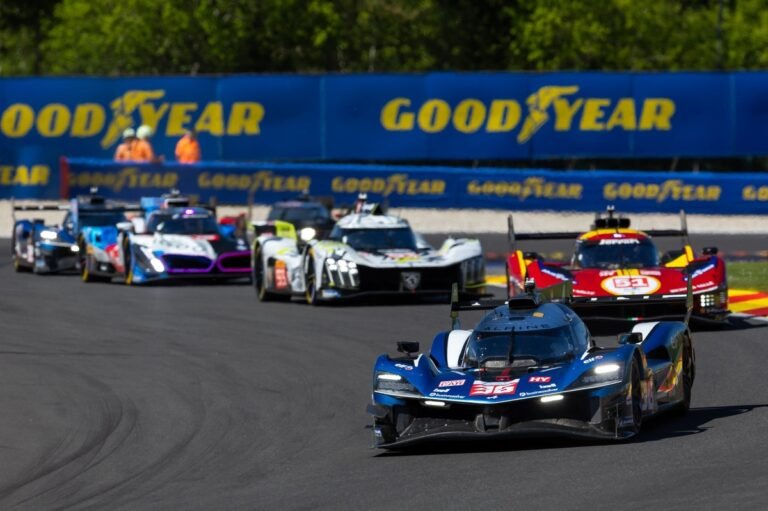Summary of Key Developments in Endurance Racing
Extension of Hypercar and LMDh Prototypes:
The lifecycle of Le Mans Hypercar (LMH) and LMDh prototypes has been officially extended until 2032 in both the World Endurance Championship (WEC) and IMSA SportsCar Championship. This decision, confirmed at a press conference by the Automobile Club de l’Ouest (ACO), the FIA, and IMSA, follows a two-year extension announced last year. ACO President Pierre Fillon emphasized the need for stability in the sport: “We are guided by two principles, stability and cost control. Giving manufacturers a chance to get a return on their investment was the target for us.”
Eligibility for Asian Le Mans Series:
Starting from the 2026-27 season, Hypercar class vehicles driven by pro-am crews will be eligible to compete in the Asian Le Mans Series. This move, according to Stéphane Ratel, stems from growing interest in sportscar racing in Asia and aims to elevate the existing prototype classes in the series.
LMP2 Chassis Decision:
The FIA, in conjunction with ACO and IMSA, has awarded ORECA and Ligier the contracts to produce the next generation of LMP2 chassis, set to launch in 2028. This marks a shift from the current format, which allowed four manufacturers to compete. The new generation will feature a direct-injection twin-turbo V6 engine from Gibson, capable of producing 420kW (560bhp) and expected to run 14,000 km between full rebuilds.
Technical Insights:
While specific protocols regarding the LMH and LMDh technical differences remain unresolved, ACO Technical Director Thierry Bouvet stated that discussions will continue through the end of the year.
These developments underscore a strategic commitment to maintaining competitiveness and sustainability within endurance racing, while responses from stakeholders indicate a positive outlook for future participation.



